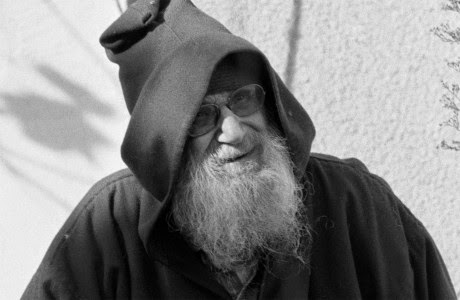Alexander Grothendieck: Mathematician Extraordinaire

The lion in winter: Grothendieck in old age Mathematicians and theoretical physicists fascinate me. This is because, I can imagine myself, if I work hard enough, sometime solving a biological conundrum, or evaluating a chemical compound. But the idea of sitting with a piece of paper and pencil and calculating away for days or months or years and then coming up with a proof of an esoteric mathematical problem, or a theory to explain an observation made in deep space seems to me to be more like magic. Anybody who can do this, in my opinion is made of stuff that I cannot even imagine, let alone ever to hope to emulate. There are several such mathematicians. One of them passed away last November. I refer to Alexander Grothendieck who passed away on the 13 th of last month. Grothendieck was the mathematician par excellence. He embodied all that i...
